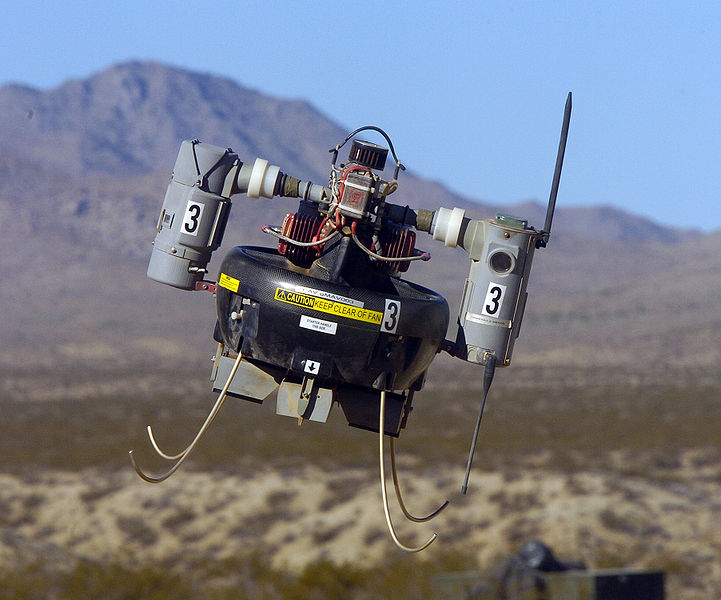Vertical-takeoff micro aircraft developed
 London, Dec 20 : In order to overcome problems of speed and range encountered with micro air vehicles, scientists have now developed a vertical-takeoff micro aircraft.
London, Dec 20 : In order to overcome problems of speed and range encountered with micro air vehicles, scientists have now developed a vertical-takeoff micro aircraft.
Micro air vehicles (MAVs) are uncrewed aircraft with a wingspan of 15 centimetres (5.9 inches) or less and are commonly used by the military or police forces for surveillance.
Most of the MAVs, just like a full-sized airplane, are controlled by conventional moving aerodynamic surfaces such as flaps.
However, on such a small scale, flaps need to be continually adjusted to keep an aircraft on the level, reports New Scientist.
The flaps also make it difficult for the control software or human operator because continuous adjustment disrupts airflow around a craft, which in turn increases its drag and reduces both speed and range.
However, Christian Boller and Chen-Ming Kuo at the University of Sheffield, UK, have found the solution to these problems, claiming that a more efficient way to manoeuvre small aircraft is to move the propeller engines themselves.
The technique, known as thrust vectoring, is used by some vertical takeoff and landing jets such as the Harrier jump jet.
The patent said that MAVs with similar abilities should be able to travel further and faster because their flaps need adjusting less often.
In fact, if the engines can swivel to be completely vertical, the aircrafts could even gain the ability to land and launch vertically. (ANI)